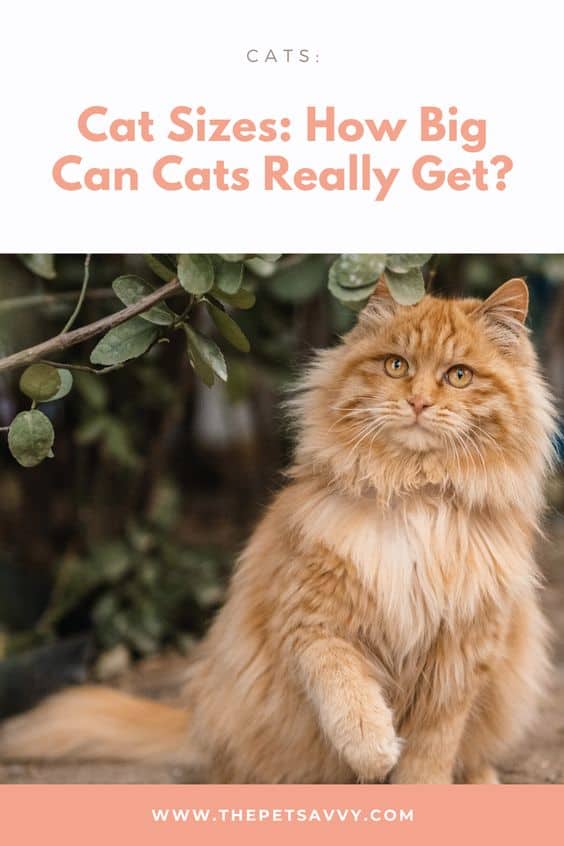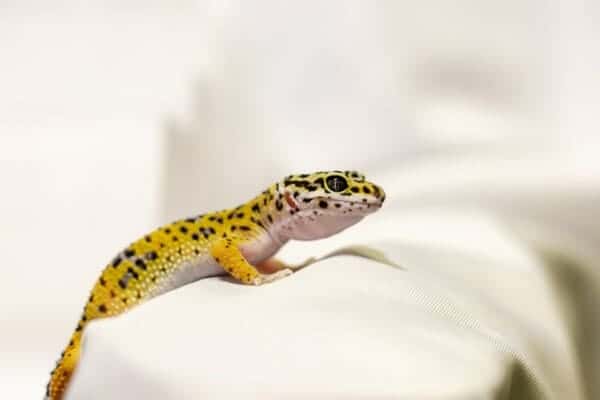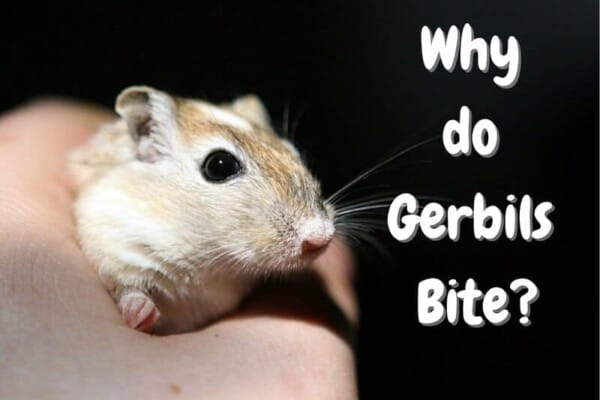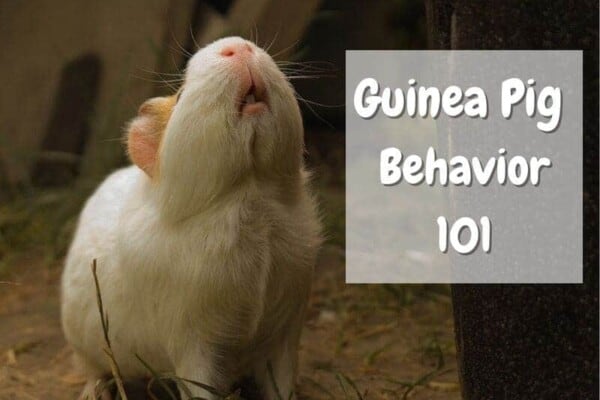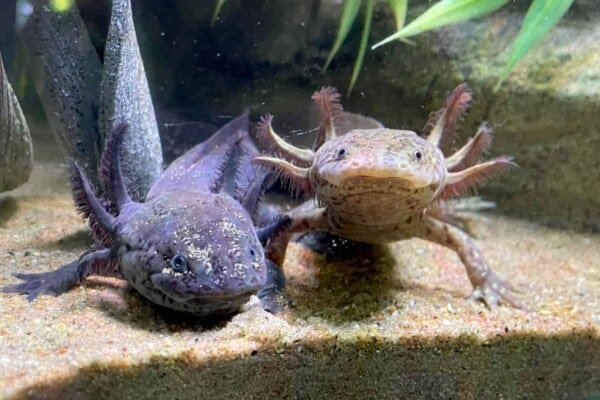If you want an adorable and obedient pet to have around your home, you should get yourself a dog. But if you want your pet to actually be independent and still care about you as if you were a part of their family, you should definitely opt for a cat.
That’s because cats are by far some of the most intelligent and loveable little buggers, but did you know that not all of them are that little?
There are plenty of reasons as to why cats need to be big or small, and more than a handful of factors that go into the process to ensure that they have maximum growth spurs throughout their lives.
So, in this article we will go over everything you need to know about your gat’s growth and more importantly, we will teach you how you can make sure that your cat grows to their maximum potential.
At the same time, we will briefly go over the smallest and largest cat breeds in the world, just to make it more interesting for you.
But before we go over that, there is one question that we need to answer right off the bat, and that is:
When Do Cats Stop Growing?
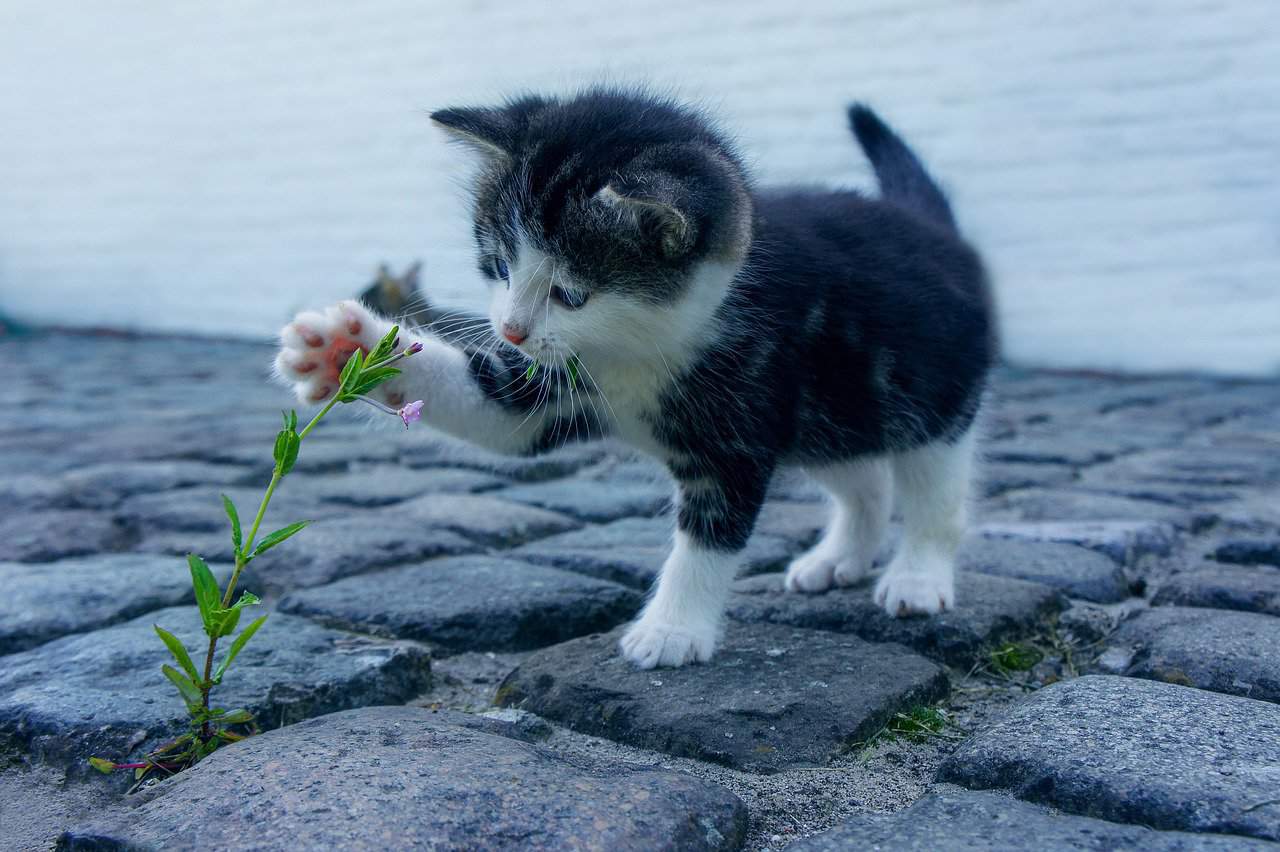
Depending on the breed of course, it can take you anywhere between one to four years for your cat to get to her largest size.
Most small domesticated cats do tend to stop growing by the time that first year ends, although some can still grow until they get to be 16 months old or so.
Tabby cats and Siamese cats are really good examples of this, as they will need as long as two years to grow to adult size.
Bigger cats tend to need a longer period of time though. Take for example the Maine Coons, this gorgeous large breed will grow all the way up until it reaches the ripe old age of three to four years old or so.
How do Cat Growth Spurs Work?
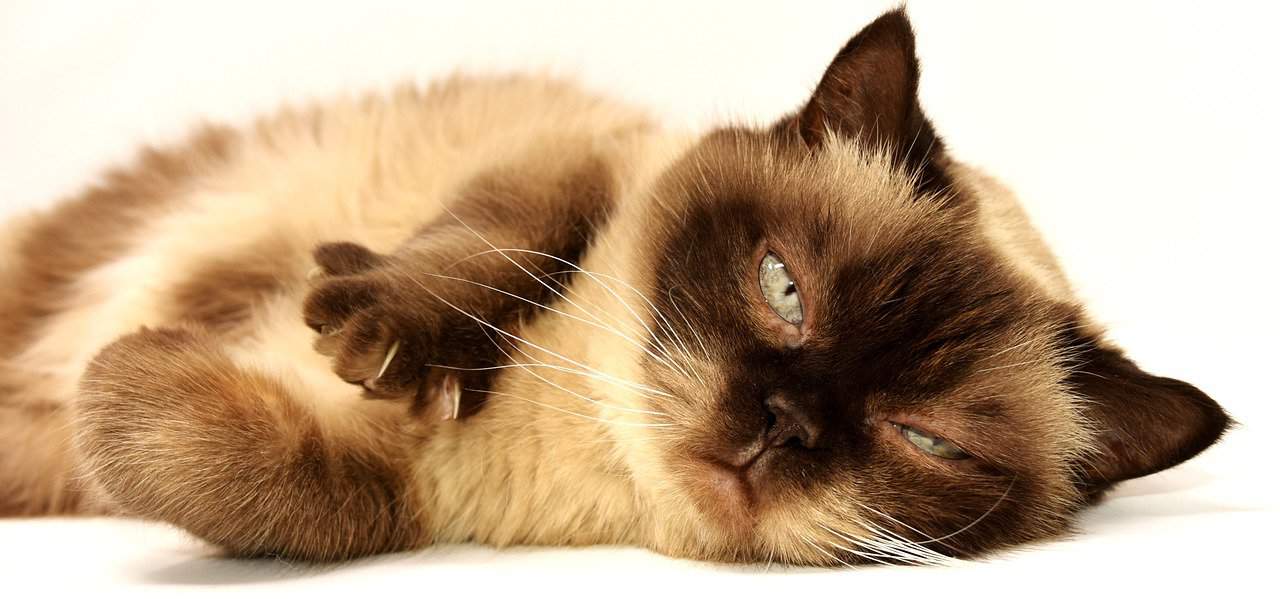
In case you’ve never seen a baby kitten before, we should give you a brief warning right now, they are incredibly cute and tiny.
Why is that a warning? Because you may end with melting from the cuteness overload or you can let out too much cute affection and hurt the poor little baby in the process.
All jokes aside, kittens tend to be so small that they usually never exceed a few inches in length when they’re born. At the same time, they almost never weigh more than 3 to 4 ounces each, making them so small that they can easily fit in your palm.
We recommend that you hold them like this for as long as you feel like it, simply because they tend to grow quite large very quickly so you will soon regret not having held onto them longer.
Those first couple of months are incredibly important for the kitten’s life because that’s when they will gain weight the most.
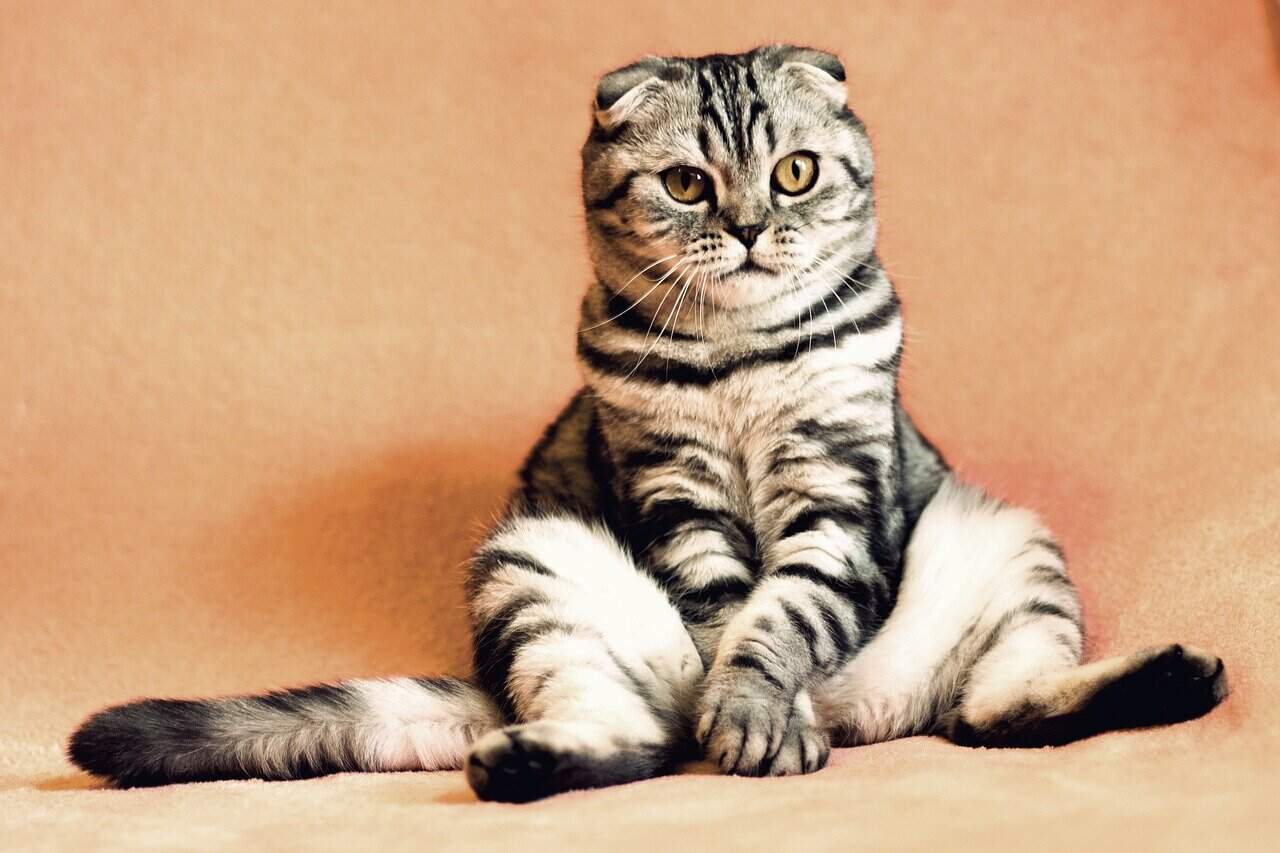
Most kittens can gain around 0.25 to 0.5 ounces every day, which means that by the time they get to be two-weeks old, they are already double the size they used to be.
This is also when the kittens’ eyes and ears start properly working, and by the time they get to be two weeks old they should start crawling around too.
While they can move around though, we urge you that you keep them away from ledges because the smallest of drops can hurt them because of how frail they are.
At the four-weeks mark, your kitten should weigh in at one pound or so. Three months in is when the scale should get to the three to five pound mark.
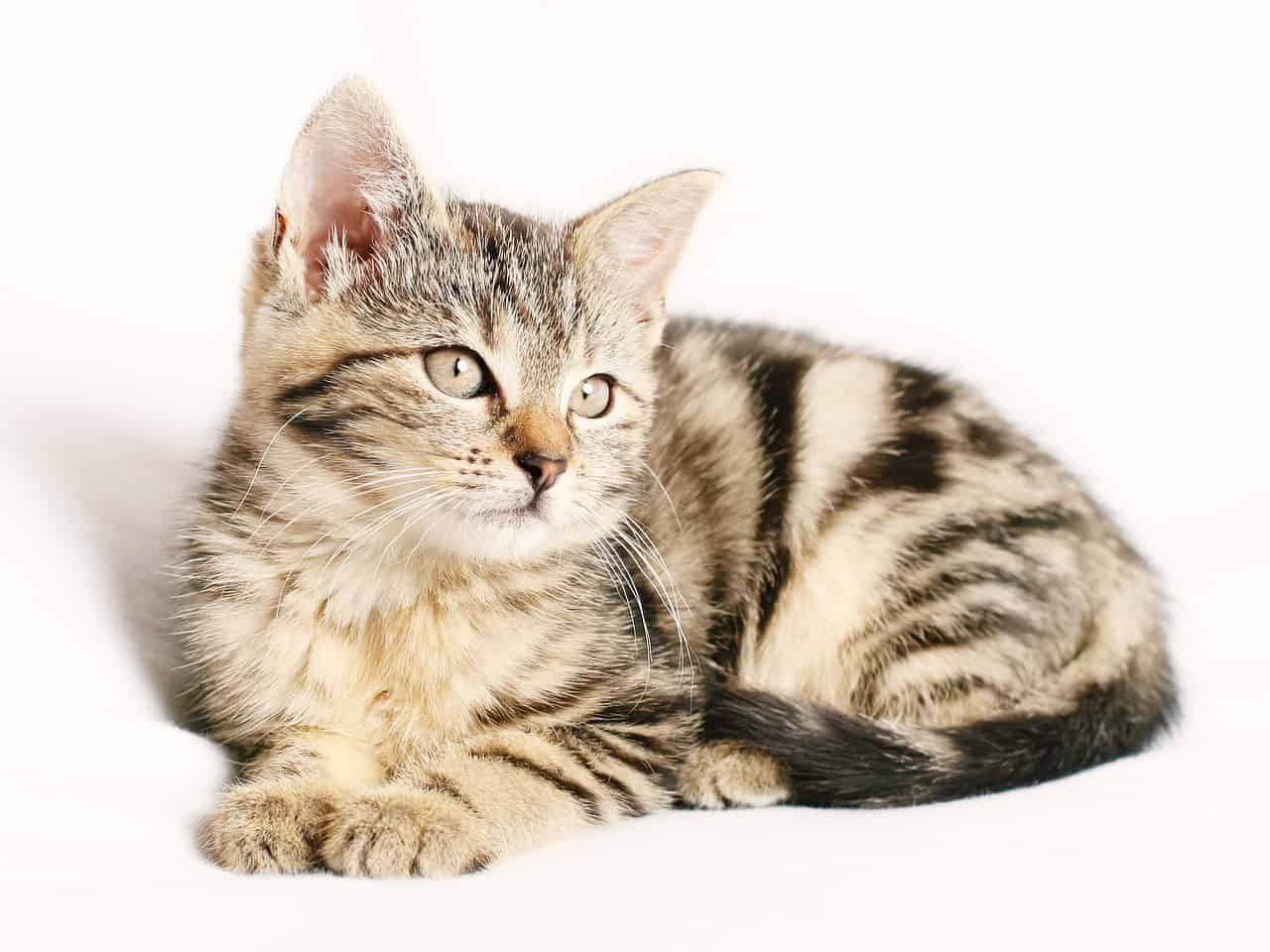
At this point, your kitten should be able to run around without a care in the world and they should be out exploring the wilderness that is your home (never let them leave the house because they are easy prey for a lot of animals at this point).
Six months is where your pet should either be in her fluffiest form yet or her slimmest. This is when they elongate a lot and they show you what kind of kitten she will be, aka the floof, the normal and the gremlin.
Your cat should weigh in at around five to eights pounds or so, although again, this mostly depends on the breed that you went for.
The sex of the cat is also worth mentioning as male cats are a lot bigger and heavier than the females, so you can expect the females to weigh in at five pounds each around the six month mark while the males should weigh around eight pounds each.
As mentioned previously, most cats tend to stop growing by the time that first year passes, so don’t be alarmed if your cat’s growth spurs suddenly stop altogether.
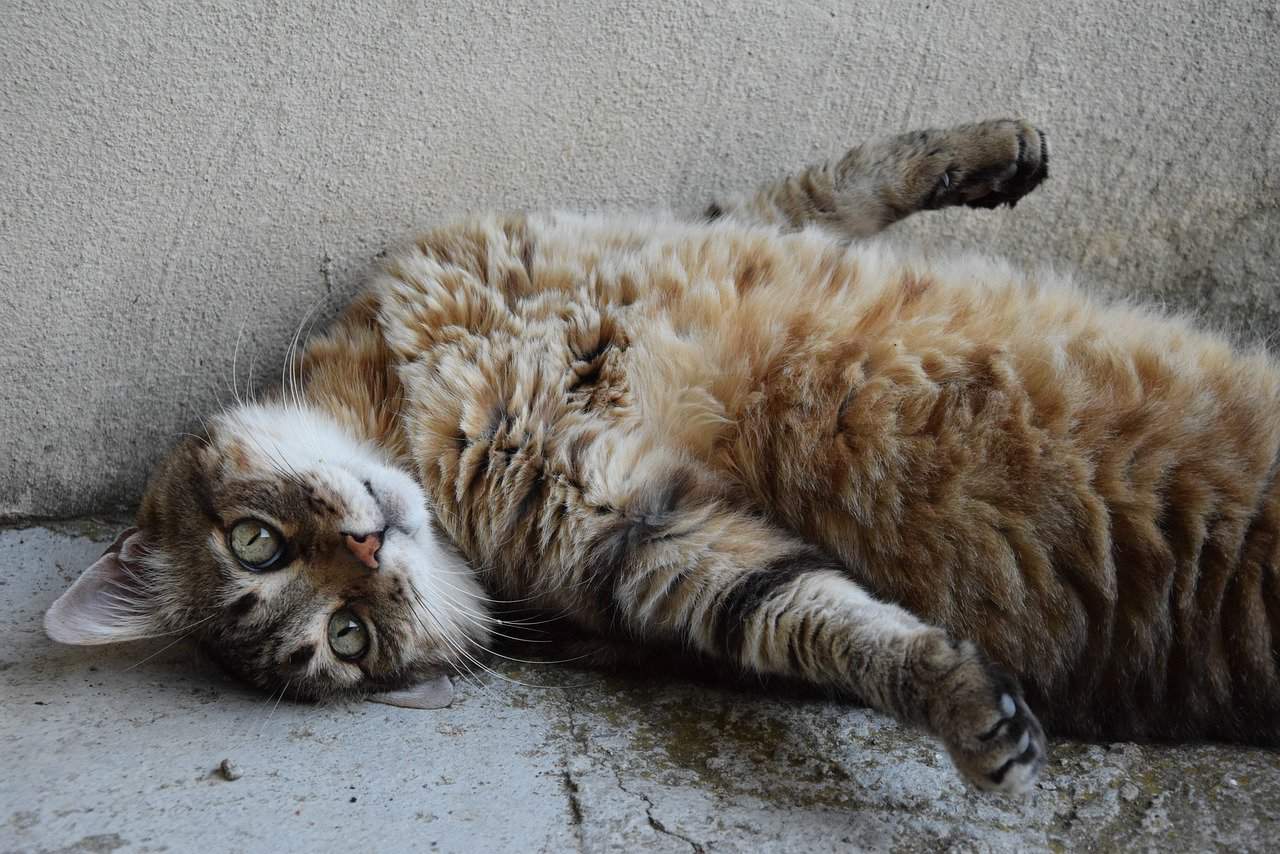
Some cats tend to grow well past that one-year mark, although it is entirely dependent on the cat breed and the aforementioned size of the cat.
Most cats will weigh in at around eight to ten pounds each around this point, and they will be around 15 to 20 inches in length.
Height wise they should all get to be around 10 inches tall, but do keep in mind that some cats are stubbier and shorter while others are prouder and taller for no real discernable reason other than genetics.
We should also mention here that you should never take the height and length of the cat as a reliable measurement for the general health of your cat.
That’s because most cats vary when it comes to these measurements, and they are almost never indicators of a disease or illness.
Weight on the other hand is a very good telltale sign that your cat’s going through problems, so we urge you that you keep a close eye on your cat’s size so that you may pinpoint any onset problems before they actually start really affecting your cat’s overall health.
What Determines How Big Your Cat Gets?
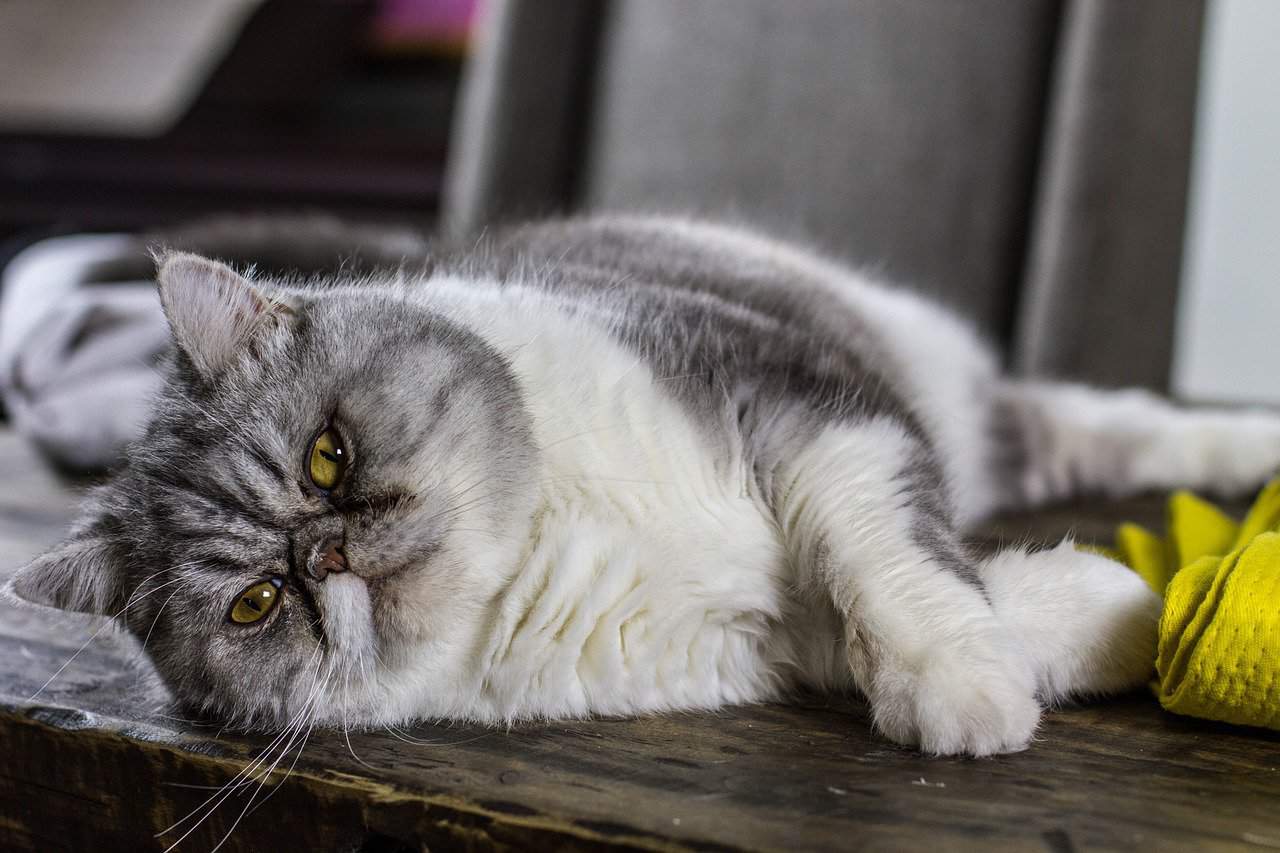
There are more than a handful of factors that you need to look into when it comes to the potential growth that your cat can get.
While these don’t necessarily apply to every single cat breed out there, they are still worth looking into if you want your cat to grow as large as possible.
So, without further ado, here are the main factors that determine the size of your cat:
- Sex – As mentioned previously, male cats are a lot larger than females, but what we didn’t go over that much is the fact that males also grow slower than the females per average. Most males will be at least 2lbs larger than their female sisters too.
- Fixed or Intact – This is an exceptionally popular question that gets brought up a lot, and the answer may shock you. Neutering or spaying your cat will not affect your cat’s growth usually. Just make sure that you don’t sterilize the cat before the 6-month mark because that can end up affecting your cat’s overall growth if you’re not careful.
- Birth order – This is another interesting thing to note as a lot of the times, the runt of the litter will grow to be the smallest out of all of his brothers and sister. The father down the birth line they are, the smaller they tend to be. At the same time, if the mother tends to be on the smaller end, then the kitten has a higher chance to also be on the smaller side later on down the line.
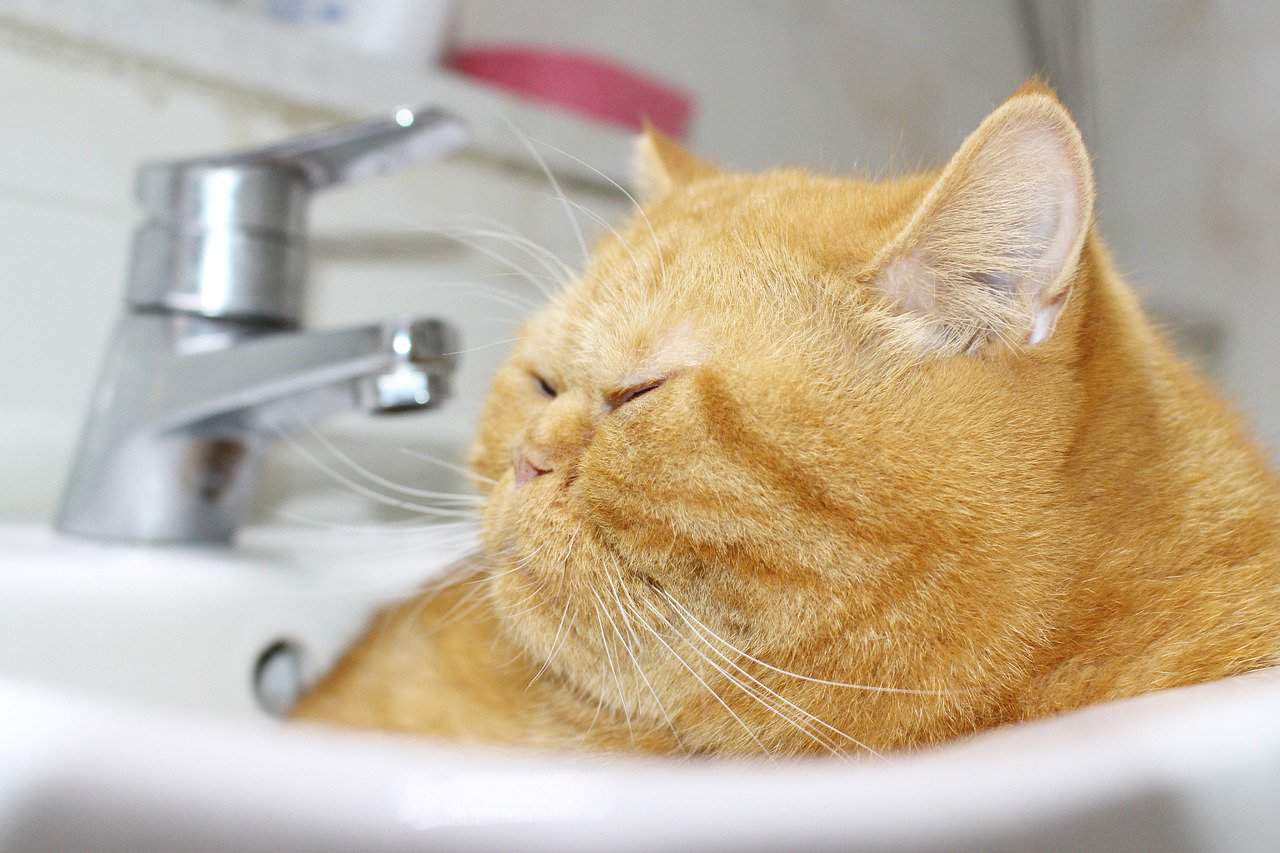
- Number of siblings – Believe it or not but the number of kittens in the litter do matter since a lot of the time, the more siblings there are, the less milk there will be to go around. So, the less nutrient rich milk they receive from their mother, the less likely they are to grow to their biggest potential.
- Diet – While we are on the subject of food, we should also mention how huge of a role the diet of the kitten plays. A nutritional and balanced meal plan will be quintessential for the kid’s overall size potential, especially so during that first year. So, while it may be a bit more on the expensive side, we always recommend that you go for the best cat food there is on the market during that first year or so.
- Genetics – Last but not least we just have to bring up the genetic factors that will cause your cat to be on the smaller end of the spectrum. Dwarfism for one will cause your baby to stay a baby for their whole life, and at the same time bone deformities will also cause them to grow to their full potential. You should have a vet check in with your pet as soon as they can be transported so that you know what to expect from your little baby kitten.
Your Cat’s Growth Throughout the Years
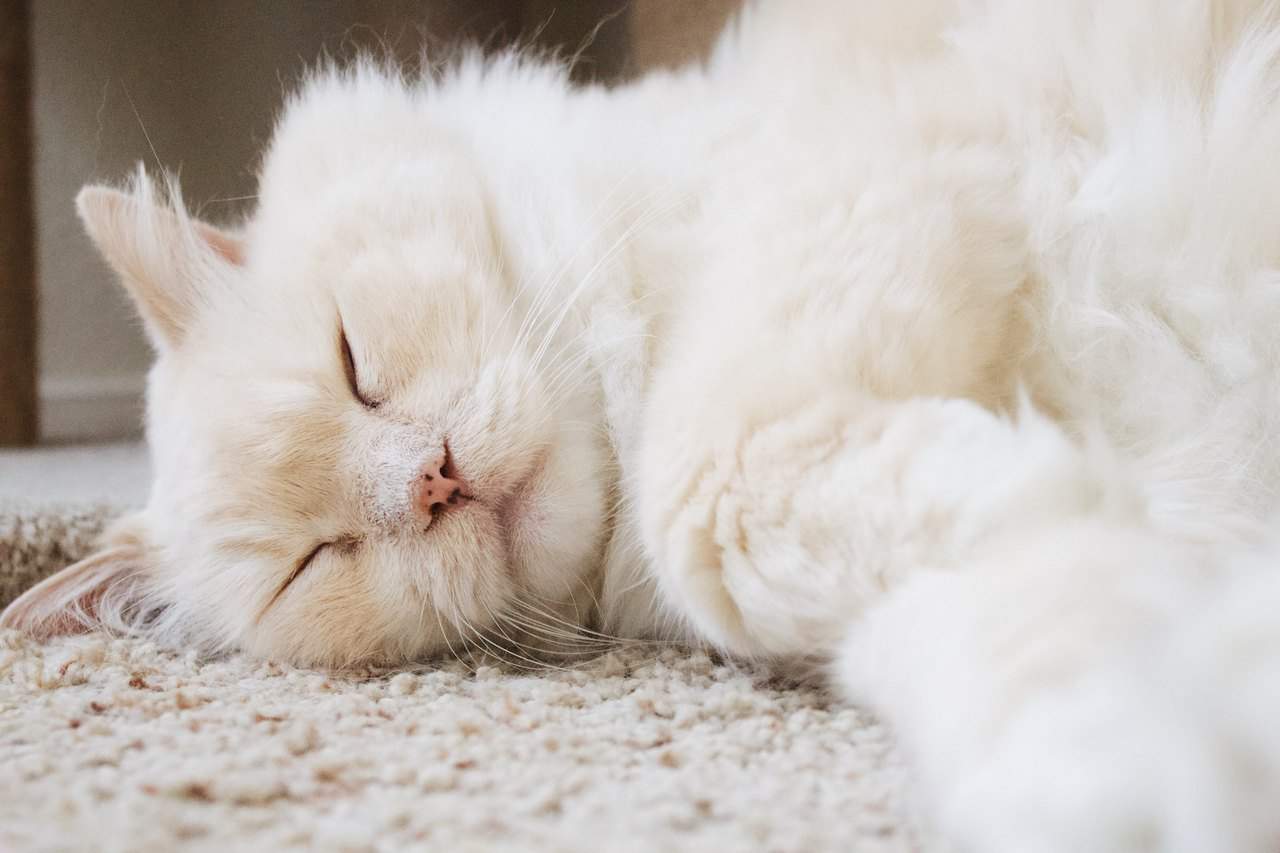
We went over your cat’s most major growth spurs throughout that first year, but now let’s instead go over what happens to your cat after this point:
- 1-2 Years – This is your cat’s equivalent of you at the age of 18-25, you are young and free, you are an adult and your body is telling you that you can do anything you want without having to worry about anything whatsoever. They are their own adults and will never stop zooming around the house to get your attention
- 3-6 Years – This is where the smaller breeds have reached their full potential, although some larger breeds may still be growing by this point
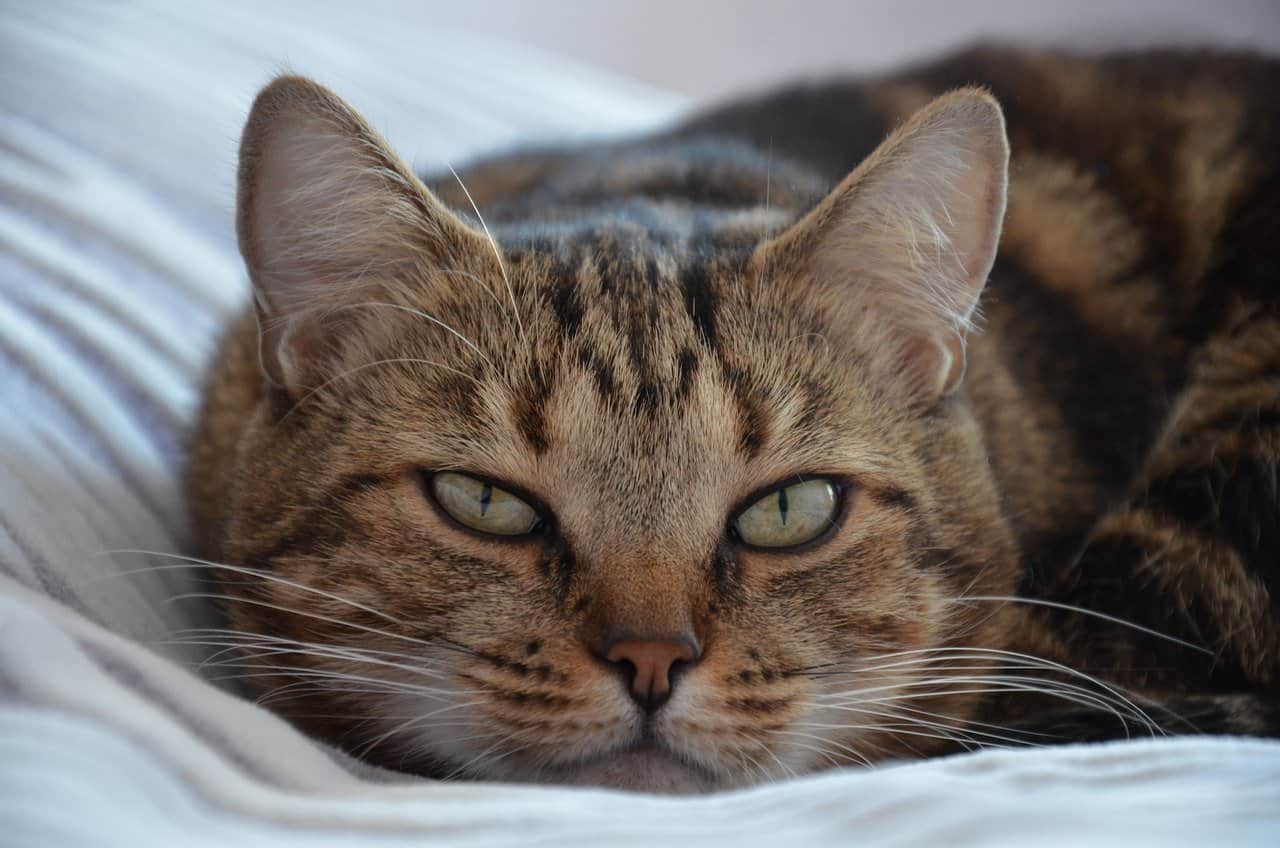
- 7- 10 Years – Your cat will not grow anymore past this point. They are fully matured and the only type of growth you’ll see from your cat will only be around the tummy. So, you should make sure that your cat doesn’t overeat and that they move plenty to keep their heart pumping
- 11-14 Years – Your cat is officially a senior at this point, this is when they will start slowing down exponentially, but every now and then your cat may still get the zoomies as they remember what it felt like to be a blissfully unaware little runt a few years back
- 15+ years – This is the end goal that none of us are happy to have reached. Your cat has officially entered their geriatric stage of life. This is when they will start to lose or gain weight and their fur may start falling off. They tend to sleep around a lot more than usual and they can even shrink down because their bones start to loosen up ever so slightly due to old age
Is My Cat Growing or Just Getting Fatter?
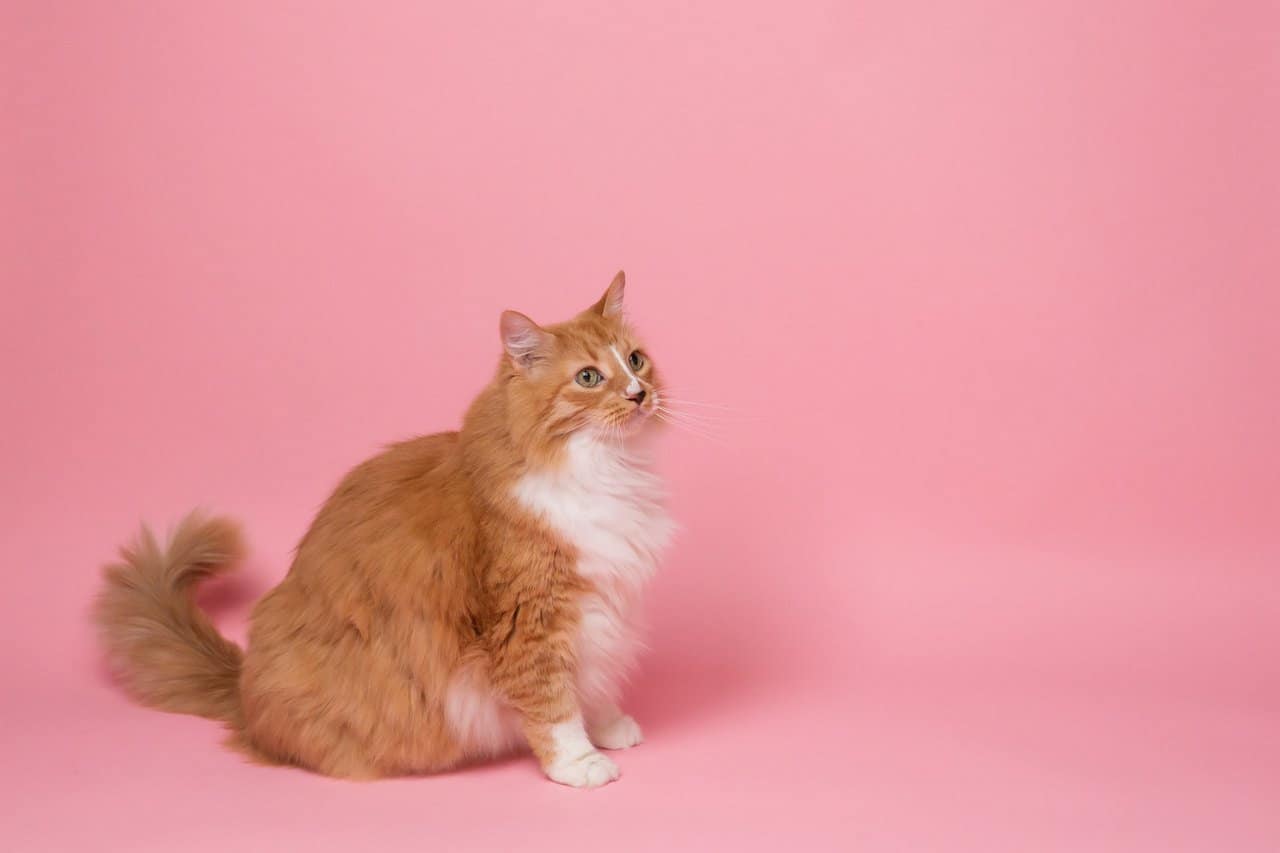
A lot of people tend to mistake weight gain for growth. For as cute as chubby little cats can be though, we urge you that you don’t allow your cat to get too big because this will seriously damage their health on the long run.
So, make sure to go to your vet if your cat is on the bigger side and make sure to feed them enough food so that they are not underfed or overfed.
You can also google breed-specific charts for height and weight to make sure that everything’s alright with your little munchkin
What Are the Smallest Cat Breeds?
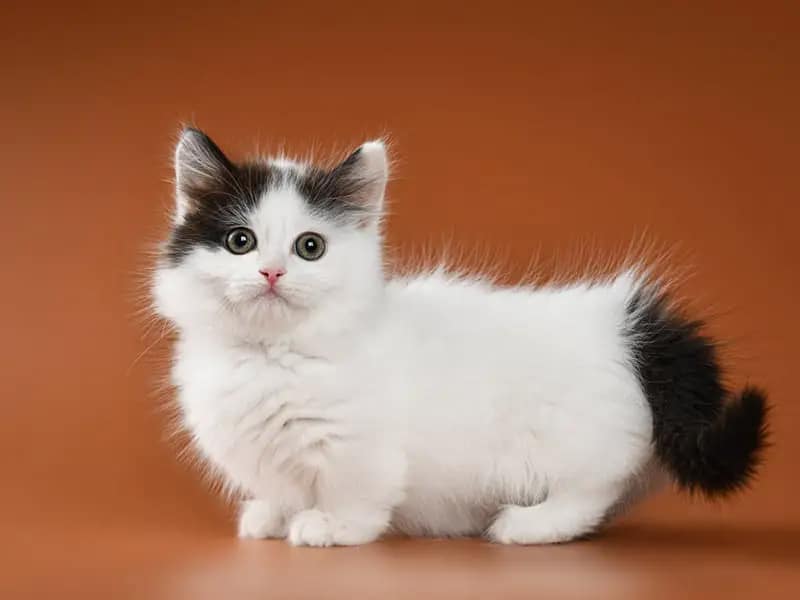
When we think of small cat breeds, there are two that come to mind right off the bat, and they are the following: the Munchkin and the Cornish Rex.
The first of these is actually quite a controversial pick, we know, as its small size is all just a direct result of a genetic abnormality known as dwarfism.
Breeders have specifically picked felines with this genetic abnormality in order to create the stubby legged little bugger known as the Munchkin breed. While it is an unusually adorable kitten, we highly recommend that you don’t support these breeders by buying their kittens.
That’s because these cats tend to come with severe health conditions which will appear later on down the line for the poor little things.
The second of these breeds is the Cornish Rex, and it is seen in a much better light than the Munchkin breed.
It is quite popular amongst cat enthusiasts thanks to its unique wavy fur and giant ears. At the same time, most Cornish Rex cats tend to have slender bodies, long legs and a small head. The females very rarely weigh more than six pounds each while the males gravitate towards the eight-pound mark.
What Are the Largest Cat Breeds?
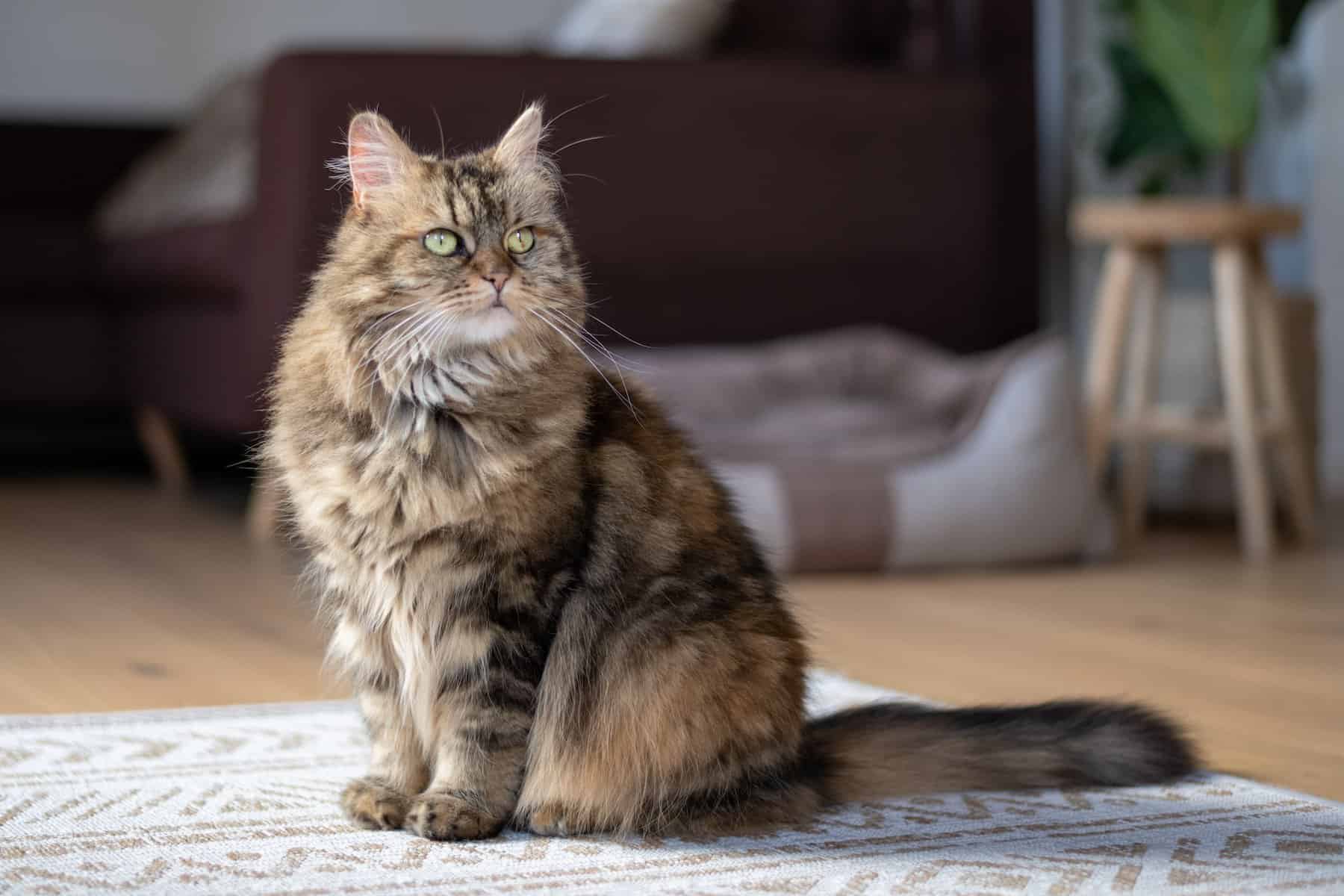
There are quite a handful of them to go over, but these are by far the most popular large domesticated cat breeds you can get your hands on these days:
- The British Shorthair – They grow up to be around 12 to 14 inches tall and they tend to weigh in at around 7 to 12lbs for the female and 9 to 17lbs for the males. They can live up to be around 12 to 20 years old and they are known for being exceptional companions for older individuals due to how gentle and well-mannered they are.
- The Chausie – A bit larger than the British Shorthair breed, Chausie cats tend to be around 13 to 17 inches tall with a total weight of around 8 to 13lbs for the females and 13 to 19lbs for the males.
- The Norwegian Forest – This breed used to be taken on Viking ships to keep rodents away. They can grow up to be around 9 to 12 inches tall and the females can get as heavy as 8 to 12lbs while the males rarely get any heavier than 12 to 18lbs each.
- The Pixiebob – A bit of a fan-favorite choice right here, Pixiebob cats can grow up to be 9 to 13 inches tall and the females tend to weigh in at 9 to 11lbs while the males get a bit on the heavier side, weighing in at 11 to 14lbs each.
- The Ragamuffin – This breed is perfect for children, weighing in at 8 to 13lbs for the female and 14 to 20lbs for the males. They can grow to be around 10 to 15 inches tall too and they are very energetic despite their large size.
- The Ragdoll – Commonly referred to as one of the most affectionate breeds you can find, the Ragdoll cat breed can grow to be around 9 to 11 inches tall and the females can weigh in at 10 to 15lbs while the males tend to gravitate between 15 to 20lbs each.
- The Siberian – Siberians are known for how physically strong they are, despite not being the largest cat breeds out there. They tend to be around 10 to 12 inches tall and they usually weigh in at 12 to 20lbs each, regardless of sex.
- The Turkish Van – These cats will never stop exploring around, they’re just absolutely mental when it comes to not leaving a single centimeter not investigated around your house. They can grow to be around 10 to 14 inches tall, and they very rarely stray away from the 10 to 20lbs weight mark.
- The Savannah – Savannah cats are absolutely huge, with three of the most recent Tallest Domestic Cat winners having been all Savannahs. They can grow to be around 10 to 17 inch tall but they can easily get larger than that, and at the same time the females can be anywhere between 11 to 20lbs while the males can be around 13 to 23lbs each.
- The Maine Coon – By far one of our personal favorite choices, the Maine Coon breed is known for those exceptionally large and heavy males that look like absolute units. They can grow up to be around 10 to 16 inches tall and when it comes to their weight, they tend to stay around the 12 to 15lbs mark for the females while the males can get as heavy as 25lbs in most cases.
Conclusion
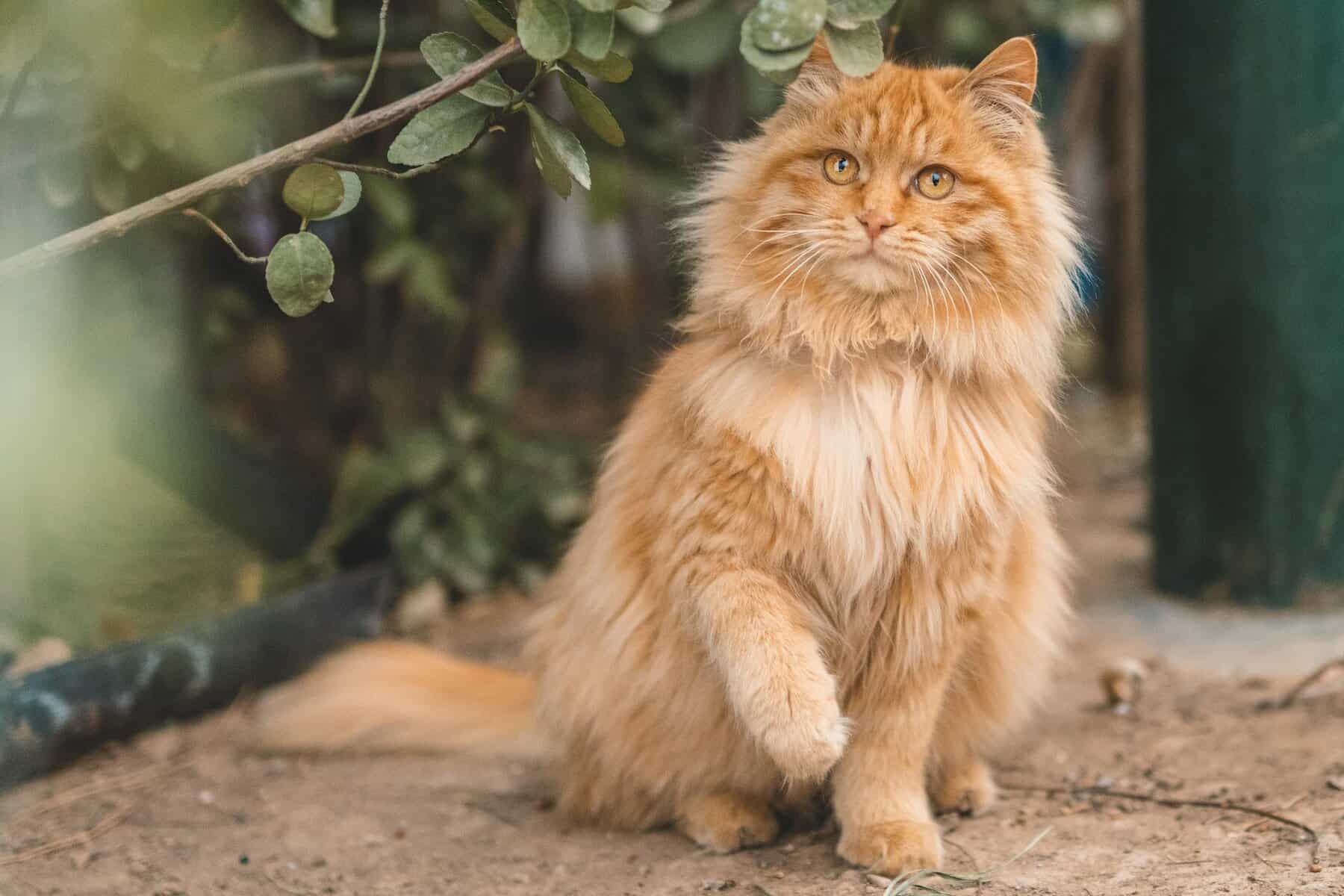
If you want your cats to grow as large as possible, you should make sure that they live good and stress-free lives. This means that they should sleep a lot, they should eat a healthy amount of food and of course, they should move as much as possible.
If you follow through on all of these tasks, then we can assure you that unless your cat has a genetic deformity or if they are sick, they should grow up to meet their largest size potential.

